Importance of Food Storage Containers
Wondering why it’s necessary to get a food storage bin for your pup? Here are four essential reasons to ensure that your dog’s food is properly stored.
They Help in Keeping Food Fresh
Using airtight bins to store food maintains their freshness. Uncovered food quickly loses its freshness as it is constantly worked on by elements such as moisture and high temperature. It is, therefore, vital to properly store food, especially when dealing with a dog diet that is prone to going bad faster.
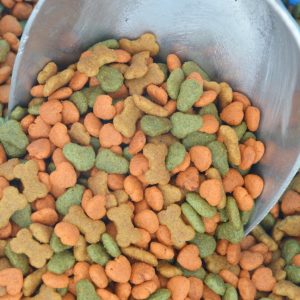 They Secure Food from Bacteria and Pests
They Secure Food from Bacteria and Pests
Bacteria and pests are a significant concern putting into consideration their efficiency in contaminating food. Using a tight storage bin cuts off air circulation, and this also keeps out bacteria and pests. As a result, contaminants are kept out, therefore, maintaining the safety of the food for pup consumption.
They Offer Convenient Storage and Use
Pet food storage bins are reliable in preserving dog food and are also easy to use. The containers help in organizing dog food in regards to safely storing them for later meal time.
They Help in Keeping Your Pet Healthy
When food is contaminated by pests and other elements, this raises the chances of your pup getting infections after consuming it. A good quality food bin that offers a tight seal is efficient in keeping out pests, and this keeps the food nutritious and safe for a healthy pup.
What Material is best for Making Pup Food Storage Containers?
The suitability of material in making food bins depends on a few factors, the primary ones being the type of food to be stored, safety, and durability. In light of these aspects, let’s look at the three most common materials used in making these containers.
Plastic Storage Containers
Though plastic containers offer a significantly longer service span, most are susceptible to breaking during drops owing to the fragility of the material. Nonetheless, they are ideal for storing both wet and dry dog food and are safe as most have been designed using FDA approved plastic.
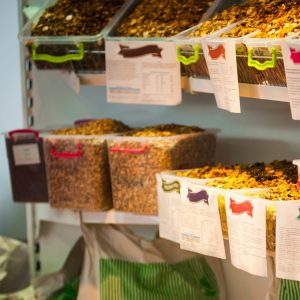 Stainless Steel Storage Containers
Stainless Steel Storage Containers
Steel food bins are more durable compared to their plastic and wooden counterparts. Considering they are made using a stainless metal, they are not only good for storing dry food but also liquids. They are safe for use as the material does not contaminate food.
Wood storage containers
There are also wooden food bins, but these are not as common as their metallic and plastic counterparts. While they are good for storing dry food such as cereals, they are not suitable for storing liquids as the wood is capable of absorbing the content. Also, these should not be placed close to water or damp place.
Frequently Asked Questions: Dog Food Bins
Let’s take a look at some of the commonly asked questions and their appropriate answers:
Is it Advisable to Store Dog Food in a Plastic Container?
It is okay to use approved plastic containers. While there are plastics that are not suitable for making food handling essentials owing to their contaminant elements, most are plastic food bins that are FDA approved and are therefore safe for storing pup food substances.
How Much of Dog Food can a 55-Quart Container Hold in Terms of Quantity?
A 55 qt food has enough capacity to hold approximately 45 lbs. to 50 lbs. of pup food. However, this quantity may slightly increase or decrease depending on the actual size of the food particles.
What Is the Ideal Temperature for Storing Dry Dog Food?
Anywhere between 50 – 100 farads is a convenient temperature range for storing dog food. Temperatures below and above this range affect the freshness and nutritional value of the stored food.
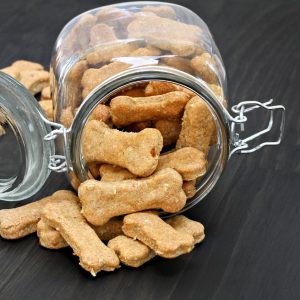 What Is the Average Shelf Life of Dry Dog Food?
What Is the Average Shelf Life of Dry Dog Food?
When stored under suitable conditions, most dry dog feeds will go for a span of averagely 1 year before going bad. It is essential to check the manufacturer’s recommended storage conditions as these are often the optimal settings for the food to last the indicated shelf life span.
The Bottom Line
Contaminated dog food is a predisposing factor for infections, and this is among the primary reasons why it is essential to store the food properly. Another reason is that it keeps food fresh, therefore maintaining its nutritional value. Depending on the type of food you’ll be storing, a metallic or plastic bin might be appropriate compared to a wooden container for dog food and vice versa.
When choosing a food bin, check for durability, usability, capacity, portability, storage space requirement, and material used in the build. With these considerations in place, it should be effortless to identify an appropriate food bin that matches your needs. Which material do you prefer when searching for a dog food bin to purchase? What is your brand of choice in regards to food bins? Share your thoughts in the comments section below.
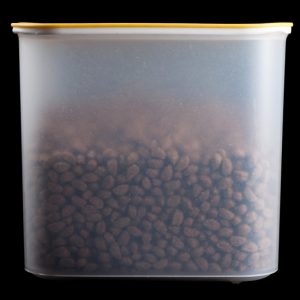 Just as humans need to have their food kept safe away from contaminants, and preserved for later meal time, similarly, pet food needs to be kept safe for consumption as contaminated food is a predisposing factor for infections. With a wide variety of storage bins on the market, it’s not a straightforward task to identify the ideal product that offers value for the money.
Just as humans need to have their food kept safe away from contaminants, and preserved for later meal time, similarly, pet food needs to be kept safe for consumption as contaminated food is a predisposing factor for infections. With a wide variety of storage bins on the market, it’s not a straightforward task to identify the ideal product that offers value for the money.

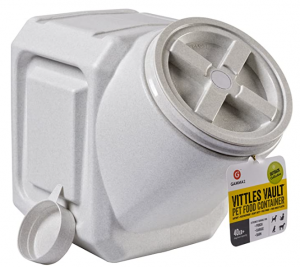

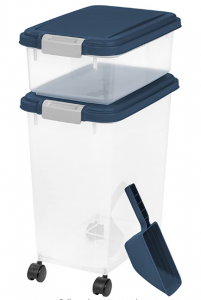
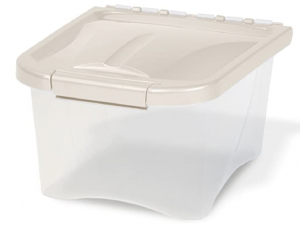
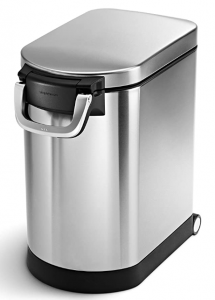





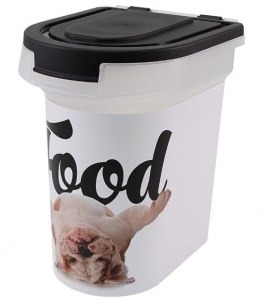
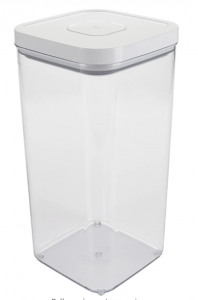

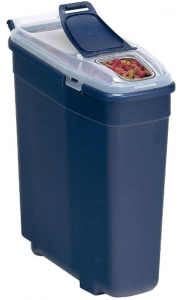
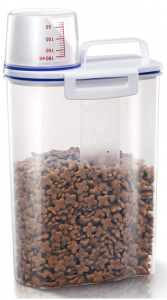
 They Secure Food from Bacteria and Pests
They Secure Food from Bacteria and Pests Stainless Steel Storage Containers
Stainless Steel Storage Containers What Is the Average Shelf Life of Dry Dog Food?
What Is the Average Shelf Life of Dry Dog Food?







